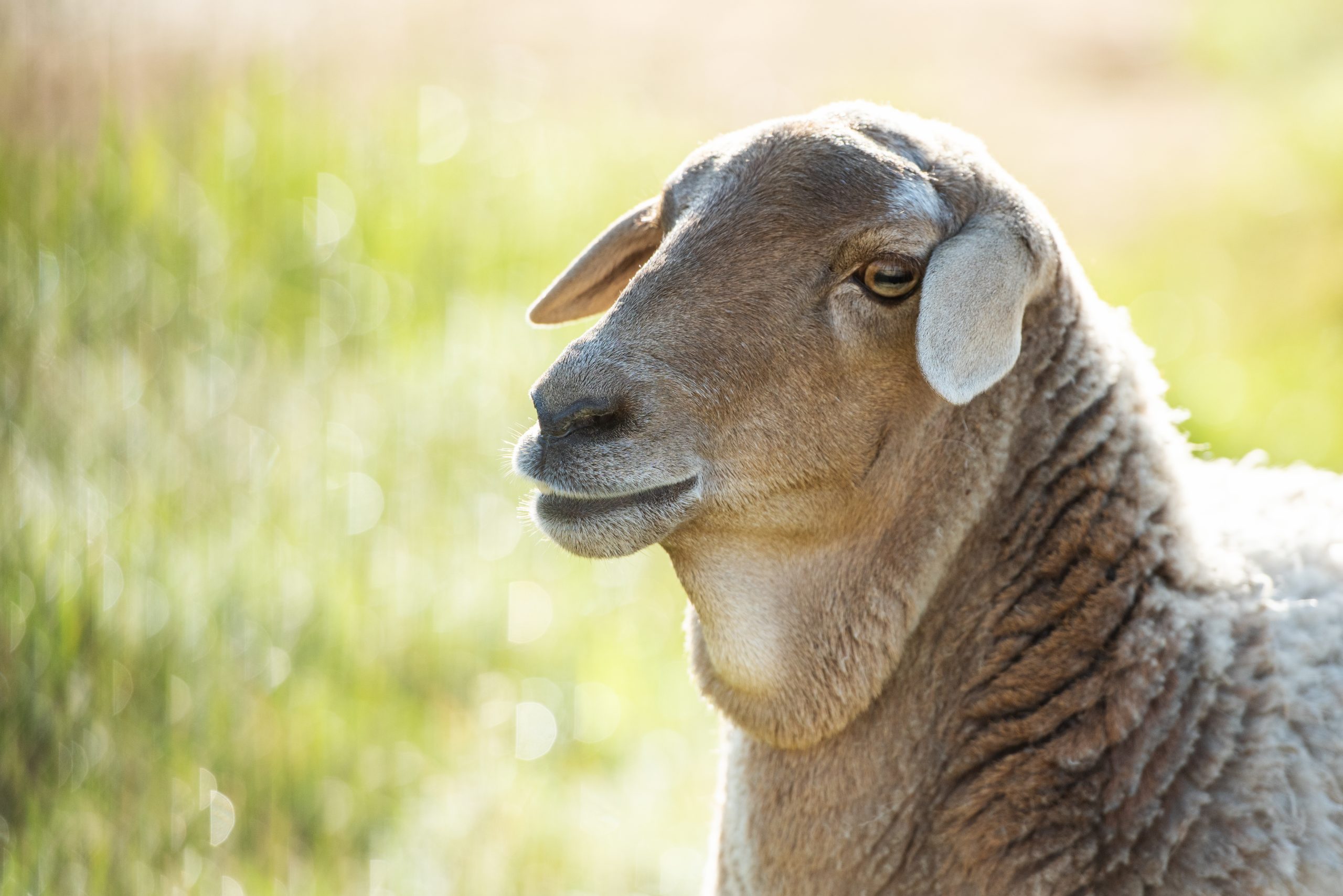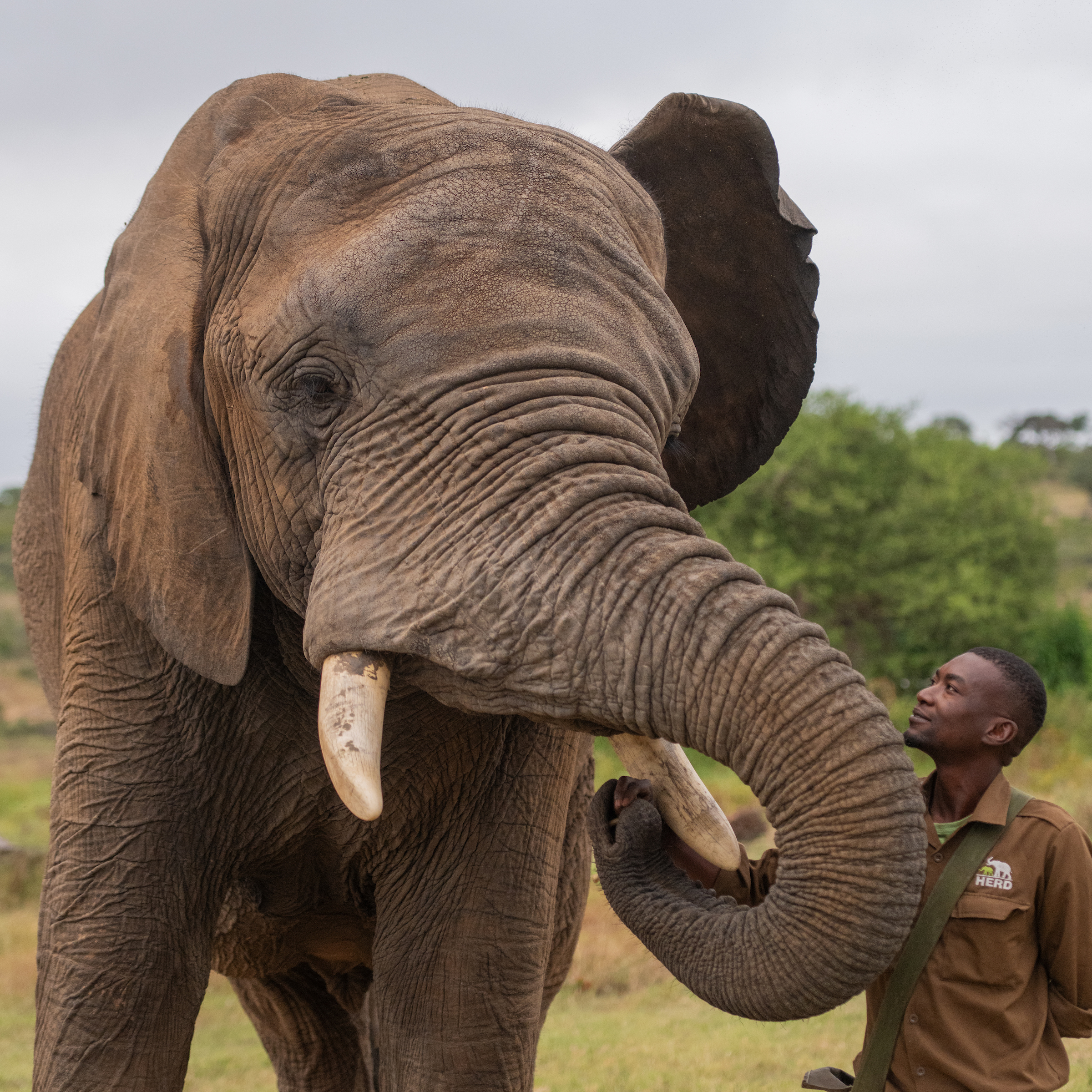Elephant Lessons With Adine & Owen
Join us for an educational walk in the bush and learn more about elephants and the African wilderness! Adine and carer Owen share their knowledge of different plant species, show us how to tell if an elephant is male or female (by looking at their dung and urine!), and give us a quick look at how elephants protect their teeth.
Today, a few of the elephants spend some time snacking on a soft leaf combretum tree. Elephants and other animals love eating the branches, leaves, and roots of this type of tree. The tree is important to a wide variety of animals. The tree does, however, have a way to protect itself from being eaten – this type of adaption is known as defence against herbivory. The tree is able to produce a compound that makes its leaves taste bitter, thereby deterring animals from eating the leaves.
Next, Owen shows how you can differentiate between male and female elephants by looking at their dung and urine. The key is to look at the position of the dung and the urine. If the urine is in front of the dung, the urine and dung are those of a female elephant. If the urine is on top of and surrounding the dung, the urine and dung are those of a male elephant.
Later, you can see one of the ways that elephants protect their teeth. Before eating a bundle of grass, they swipe the bundle around to remove the soil that’s stuck to the grass. They do this because eating the soil would damage their teeth. It’s important for elephants to protect their teeth, as they will have only six sets of teeth in their lives – once they go through the sixth set, they will not grow another set. They then die of starvation. Therefore, the longer they can make their sets of teeth last, the longer they can live.





No comments yet.